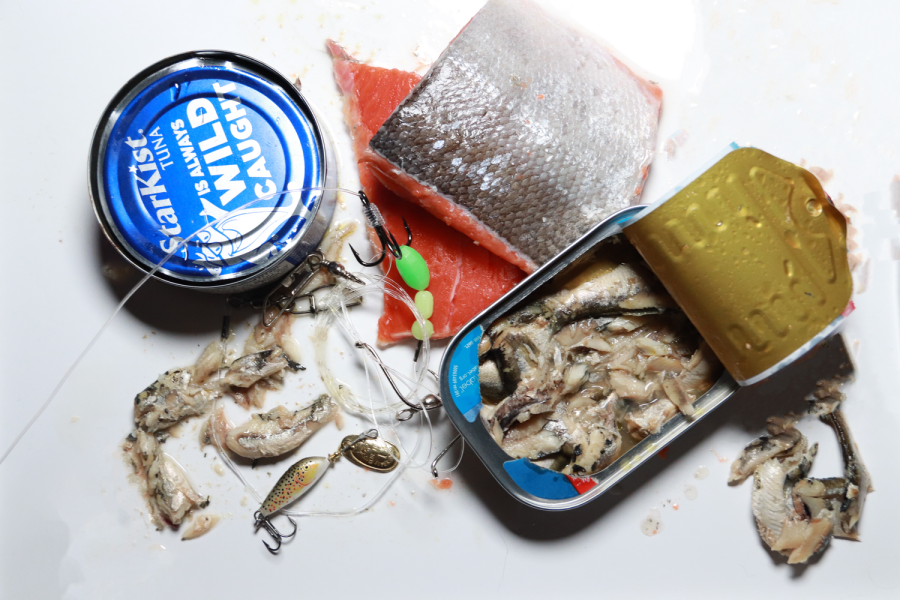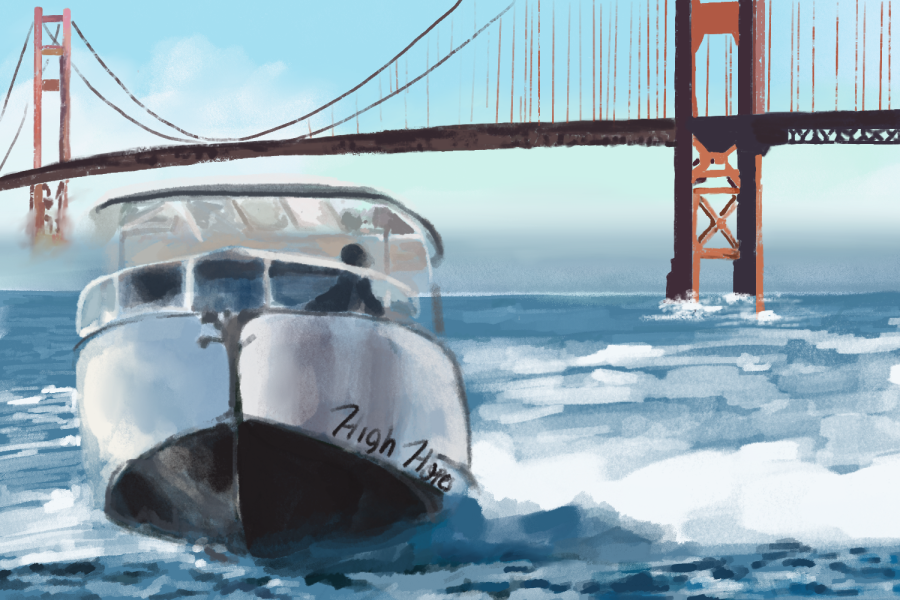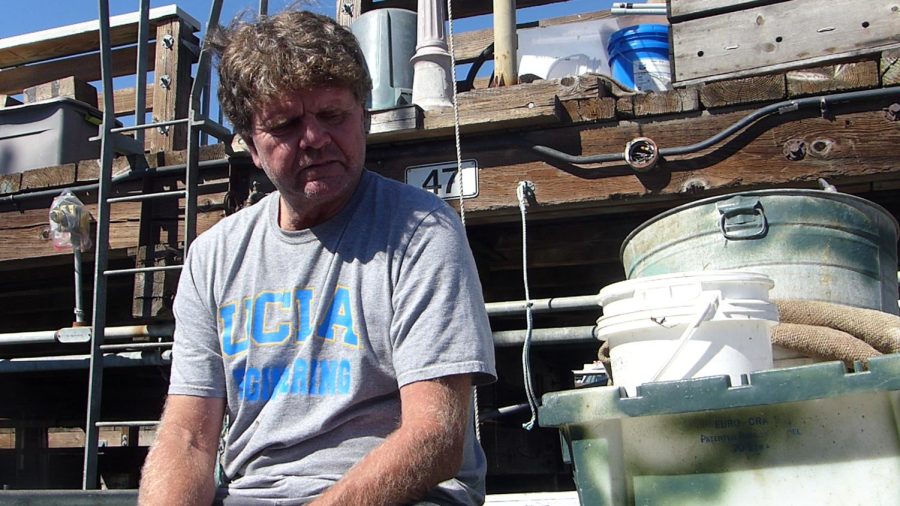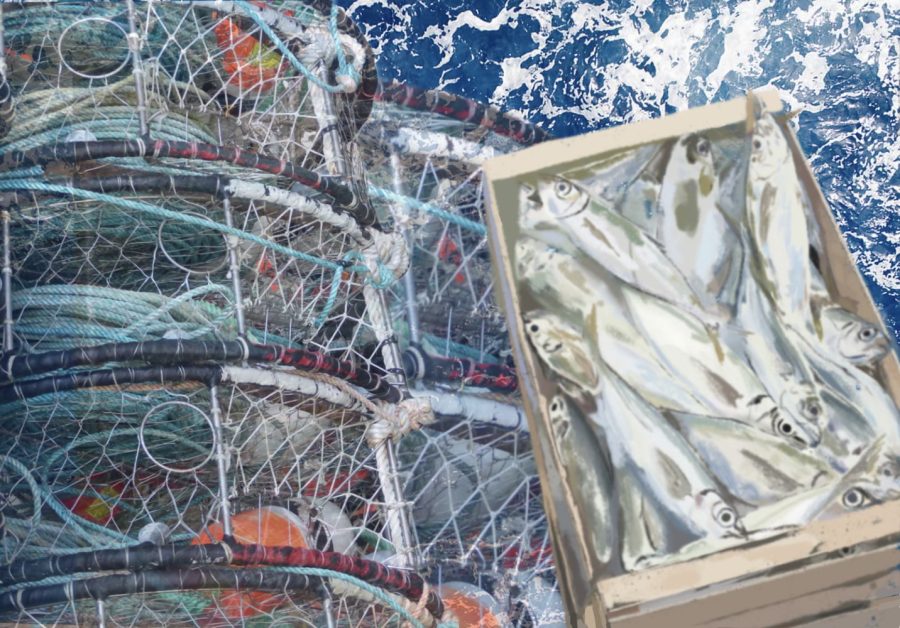Sustainable fishing methods play a role in preserving fish populations for the future of the industry and the environment.
Below the boat
The worldwide fishing industry employs a variety of methods to supply the demand of the masses, but its intricacies have major effects on the environment.
Many common practices lead to the decrease of vital fish populations, creating a rippling effect on the balance of marine ecosystems. This overfishing lies at the root of the industry’s environmental impacts, as large companies trying to create a profit struggle to be sustainable while also keeping their businesses afloat.
As a result of harmful practices, measures are being taken on the consumer and regulatory levels to preserve the deep blue.
Agencies like the National Oceanic and Atmospheric Association (NOAA) work to mitigate the negative aspects of the fishing industry by implementing catch limits and crafting strategies that work towards a sustainable future.
Because of the strict regulations that NOAA implements over nearby coasts, the local fishing industry is largely sustainable in its practices.
In contrast to others in the industry, local fishermen like John Mellor use their connection to science and the environment to navigate the industry in an alternative way.
Between the engineering of new fishing tools and careful application of environmentally conscious methods, local fishermen strive to support the local economy while preserving the ecosystems that their livelihoods depend on.
Aside from working in the industry, part of being a fisherman like Mellor is having a close connection to nature. His perspective on the world under the sea sheds light on the values of those in the local industry that can be upheld by sustainable consumer choices. In addition, his experienced life on the water reveals the possibility for human connection with the ocean.
Uncovering what lies below the boat shows that though many companies place an emphasis on profitability, there are fishermen whose ties to nature foster innovation that conserve the environment and local economy.




